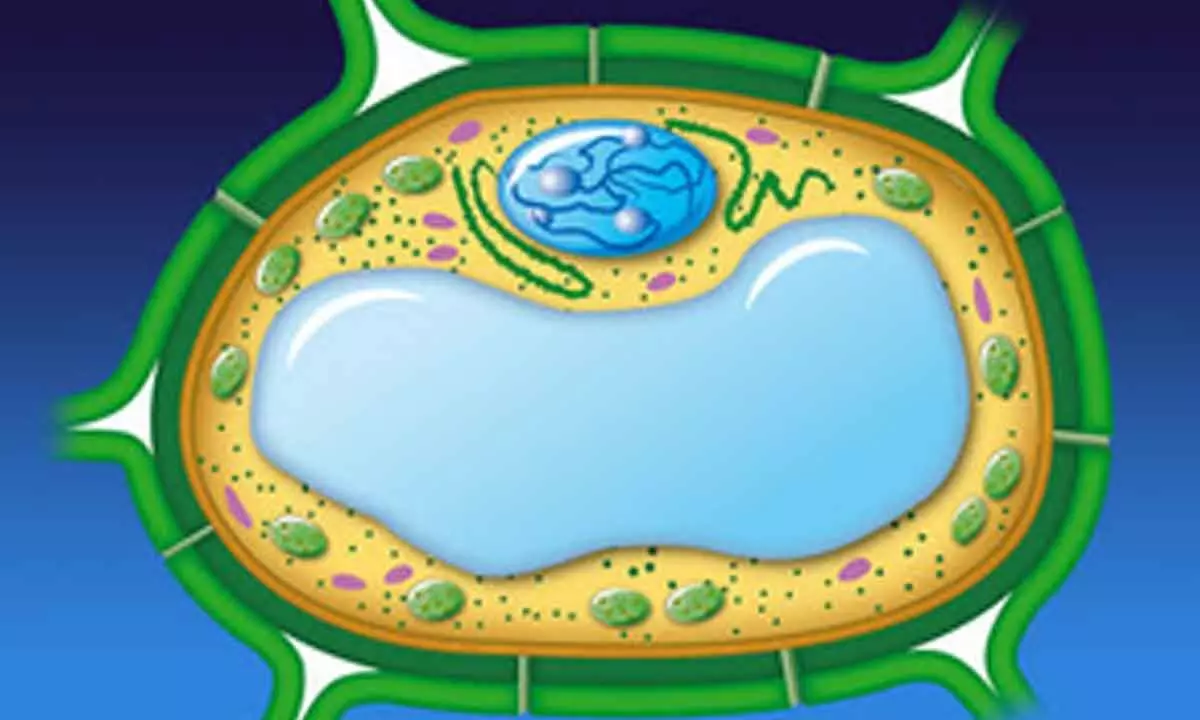Turning bacteria into cellulose-producing mini-factories
Share :

Researchers at ETH Zurich have introduced an innovative approach to transform the bacterium ‘Komagataeibacter sucrofermentans’ into a highly-efficient cellulose-producing mini-factory.
New Delhi : Researchers at ETH Zurich have introduced an innovative approach to transform the bacterium ‘Komagataeibacter sucrofermentans’ into a highly-efficient cellulose-producing mini-factory.
This advancement promises to significantly enhance the production of high-purity bacterial cellulose, a material valued for its applications in biomedicine, packaging, and textiles.
Bacterial cellulose, known for supporting wound healing and preventing infections, is produced naturally by K sucrofermentans. However, the bacteria grow slowly and produce limited amounts, presenting a challenge for industrial applications.
To address this, Julie Laurent, a doctoral student developed a method that accelerates the evolutionary process using UV-C light, creating new bacterial variants that produce up to 70 per cent more cellulose.
The study was published in the journal Proceedings of the National Academy of Sciences.
The process involves exposing bacterial cells to UV-C light, inducing random DNA mutations. These cells are then encapsulated in nutrient solution droplets and allowed to produce cellulose.
Fluorescence microscopy identifies the most productive cells, which are sorted automatically using a system developed by ETH chemist Andrew De Mello's team.
This system can process half a million droplets in minutes, identifying four variants that significantly outproduce the wild type.
The evolved cells form cellulose mats nearly twice the thickness and weight of those produced by wild-type cells.
Genetic analysis revealed that all four variants had the same mutation in a gene coding for a protease, which seemingly disrupts regulation and allows for continuous cellulose production.
“This approach is a milestone in enhancing non-protein material production using bacteria,” said Professor Studart.
The team has filed for patents and plans to test the new bacterial strains in industrial settings, aiming to revolutionise the sustainable production of bacterial cellulose.














